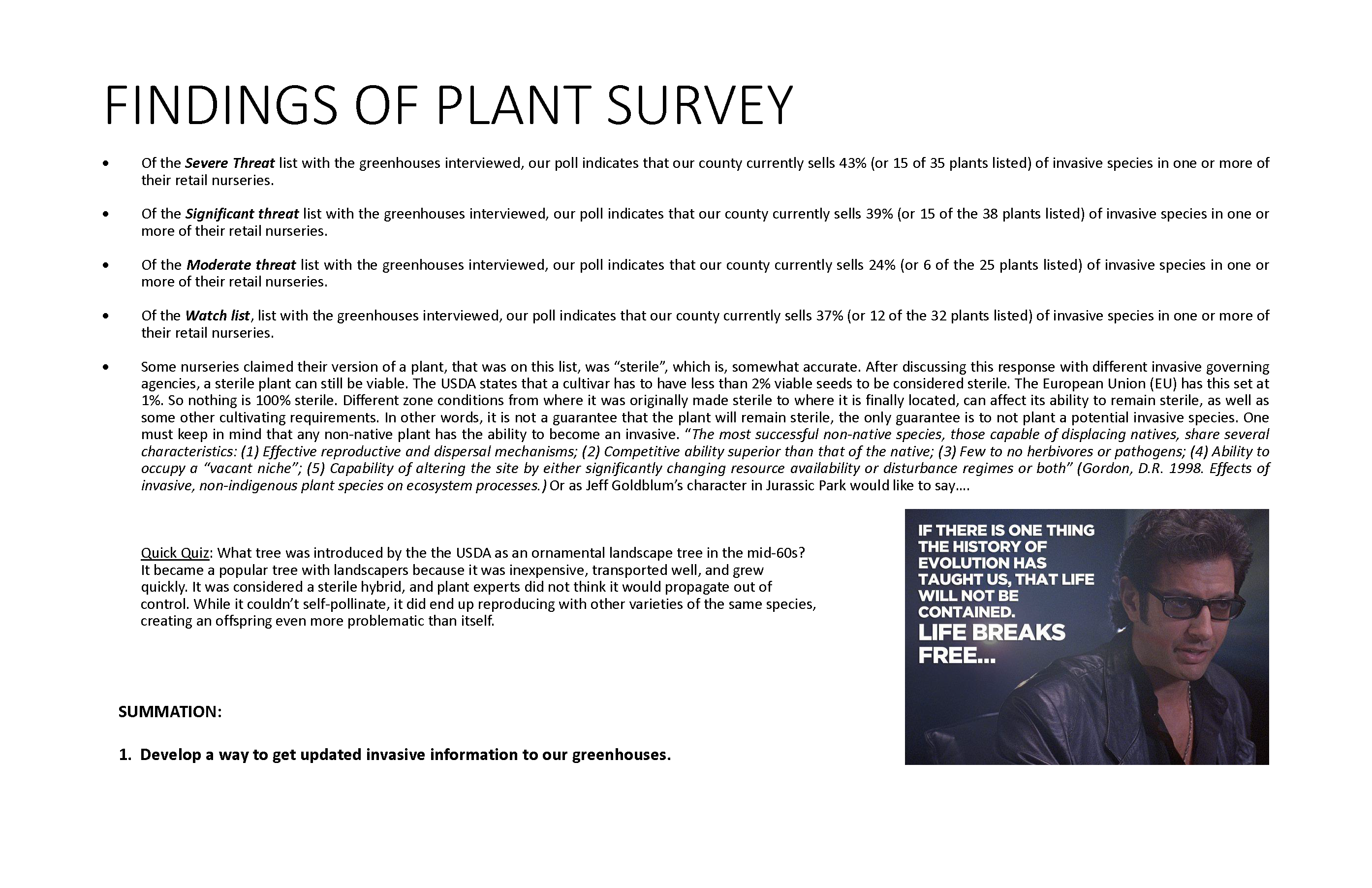In Fayette County, nurseries unwittingly fuel invasive plant problem, report finds

LEXINGTON, KY — A recent report by the Lexington Greenspace Trust’s Jesse Voigt on the issue of invasive plants in Fayette County has revealed that local plant nurseries are unwittingly contributing to the problem. The report aims to address how invasive plants can be more proactively controlled and raises questions about existing regulations and public awareness.
What Defines an Invasive Plant?
According to the report, invasive plants are generally non-native species that tend to spread uncontrollably, often at the expense of native plants. The report also clarifies the terminology used to describe various types of plants, including “noxious” and “weed,” and how these terms are interpreted by different agencies.

The Role of Nurseries
The report found that local nurseries are a significant source of invasive plants. A survey conducted among 15 nurseries in Fayette County showed that none recognized the list of invasive plants provided as being from the Kentucky Invasive Plant Council (KY-IPC). The report suggests that updated information on invasive plants needs to be disseminated to these nurseries.


The survey revealed that Fayette County nurseries currently sell 43% of the plants listed as a “Severe Threat” and 39% listed as a “Significant Threat” by the KY-IPC. Additionally, 24% of “Moderate Threat” and 37% of “Watch List” plants are also available for sale.
Regulatory Gaps
The report also delves into the role of various agencies at the federal, state, and local levels. It found that while Code Enforcement prohibits and finds unlawful both noxious and invasive plant species, this ordinance only applies to plants already planted on a site. The sale of invasive plants is not currently overseen.

Recommendations
Voigt concludes with several critical findings that warrant immediate attention from local and state authorities. The report:
- emphasizes the need for a clearer and more cohesive definition of invasive, noxious, and weed plants at all governance levels. The report also calls for a review of local ordinances to ensure they are up-to-date and effective in addressing these categories of plants;
- identifies a significant gap in coordination at the state level for reporting invasive plants and suggests that Fayette County residents, including professional gardeners and the general public, are not adequately informed about invasive species. It highlights the outdated LFUCG Planting Manual and under-resourced parks as areas of concern;
- points out that most agencies are not externally reporting invasive plant locations, hindering a comprehensive understanding of invasive outbreaks. It suggests that a centralized agency could help bridge this information gap and coordinate efforts across different organizations;
- notes the absence of a review mechanism for new commercial and public landscapes to ensure they are free of invasive plants. It suggests that such a mechanism could be part of a new comprehensive policy for native planting;
- calls for more discussions on funding and maintaining invasive plant control, emphasizing that a centralized agency could play a crucial role in this regard.

Recommended Posts
Eastern State Hospital: 200 years of history in Lexington
Fri, May 17, 2024
